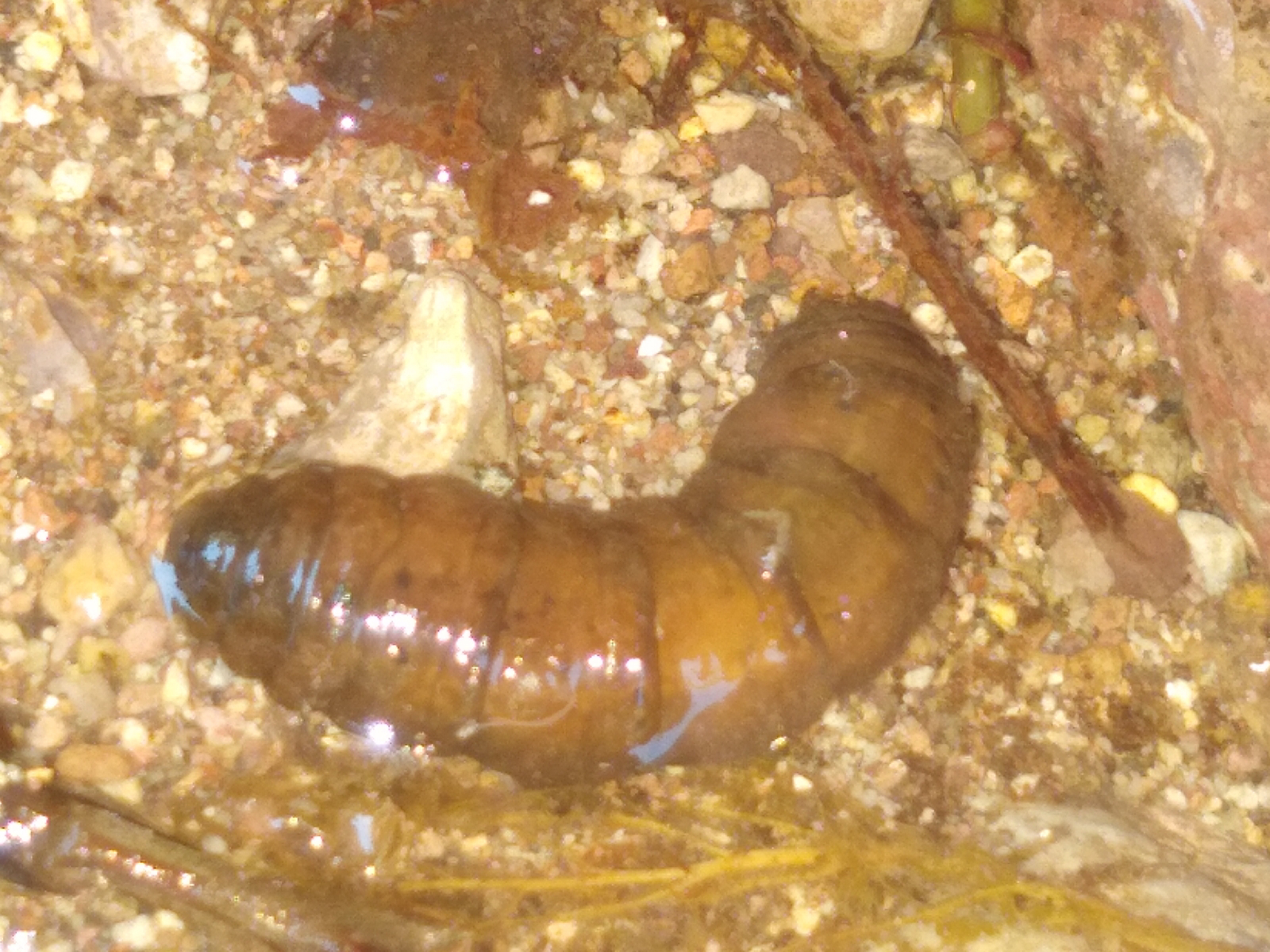The Rio Grande that we know has many different moods as it flows from mountains to the sea. Flood plains, marshs and farmlands in the low lying areas like Corrales, yes, but up in the hills and mountains the crashing river will begin life among the many headwaters of stone and clay and deep slot canyons.
The weather of regular afternoon monsoons is not predictable. We have drought, but also flash floods. Life in the canyons can cope with both.
The trees adapt to lack of deep soils and risk of flood by developing long, clinging roots. Some can grow very big, but only in the lowest stretches of the streams.
This cactus is growing in a patch of soil far up the side of a cliff where there is scant water, but pretty of room because nothing else grows here.
The flush of growth from the summer heat brings many insects and insect hunters out of hiding. This delicate crab spider has a lucador mask pattern on the thorax.
In the red clay of receding flood waters, this grasshopper would blend in. On an asphalt parking lot, he stands out. Grasshoppers can lose a leg to predators. This one has and lives to hop another day.
The dragonflies are strong fliers and love pools of clear water. Their nymphs are often found in rock pools with large tree trunks.
This big lizard is more predatory that the smaller ones. Note the large jaw, stronger legs and forward looking eyes. A species of spiny lizard, the scales all come to a backwards point.
A more typical fence lizard designed for moth feeding with a wide, but weak mouth.The wide feet give a good grip. This one is well fed.
The pointed about of the whiptails shows they prefer small, soft insects. The clawed feet are pretty weak and are used to scrape away leaves. The neck is very flexible and the large ear shows how important hearing is to their feeding style.
This is a canyon tree frog species. It looks nothing like the tadpoles we have in Corrales. The more fish shaped head allows for agile swimming. The larger eyes are better for clear water. When grown, these frogs hide in cracks above slow moving streams and are very agile climbers, but poor swimmers.
This tadpole was found in a flood pool in clay, likely a spadefoot frog designed for desert living. It is all golden belly. The color is protective from UV light from a fierce sun, the belly is an adaptation to rapid growth. The tiny tail is because it does not need to swim far. It could be a woodhouse, but I don't think so.




















No comments:
Post a Comment